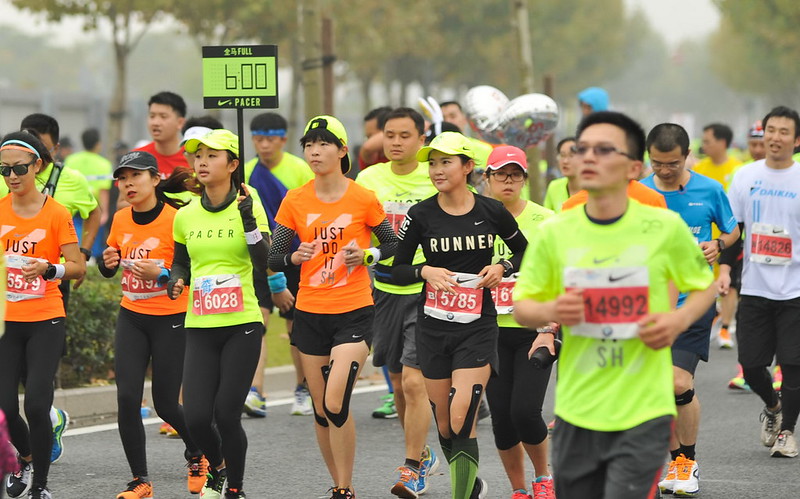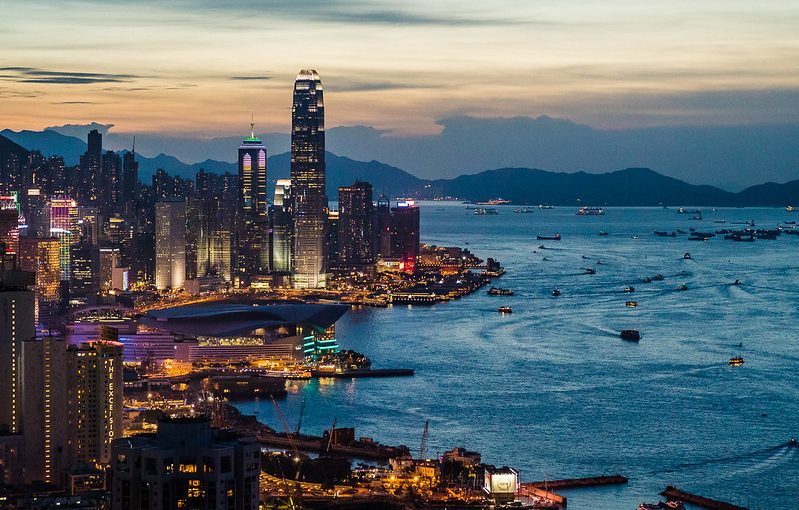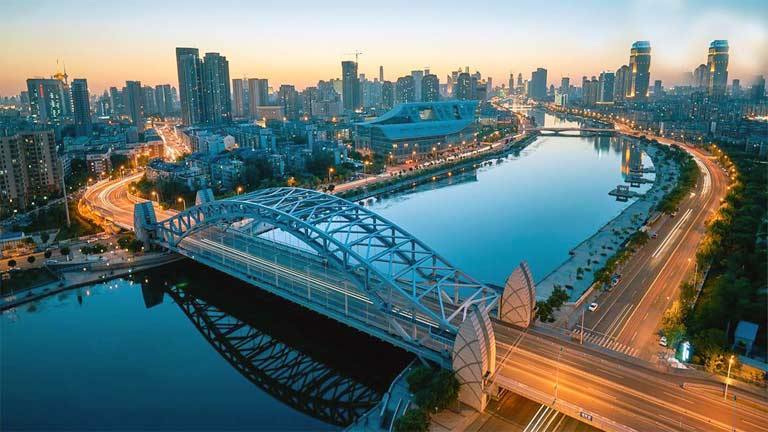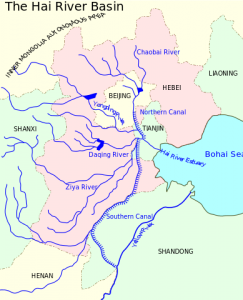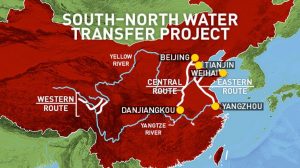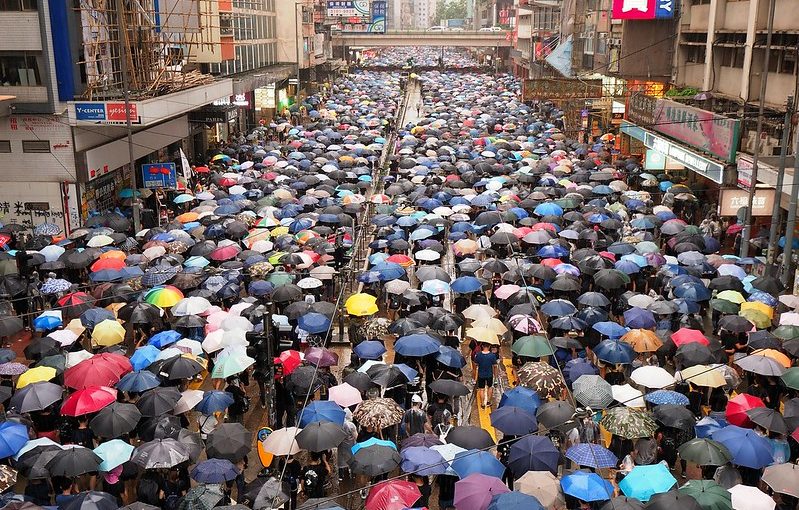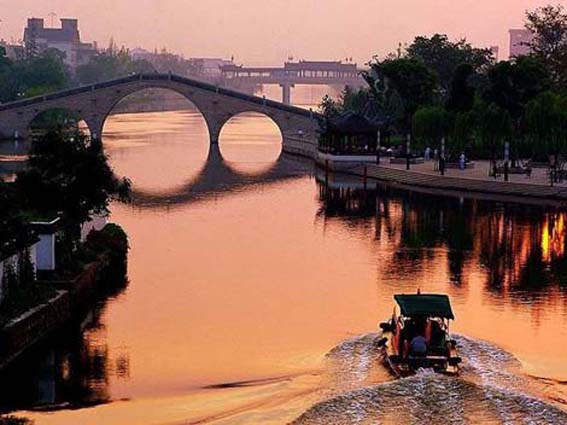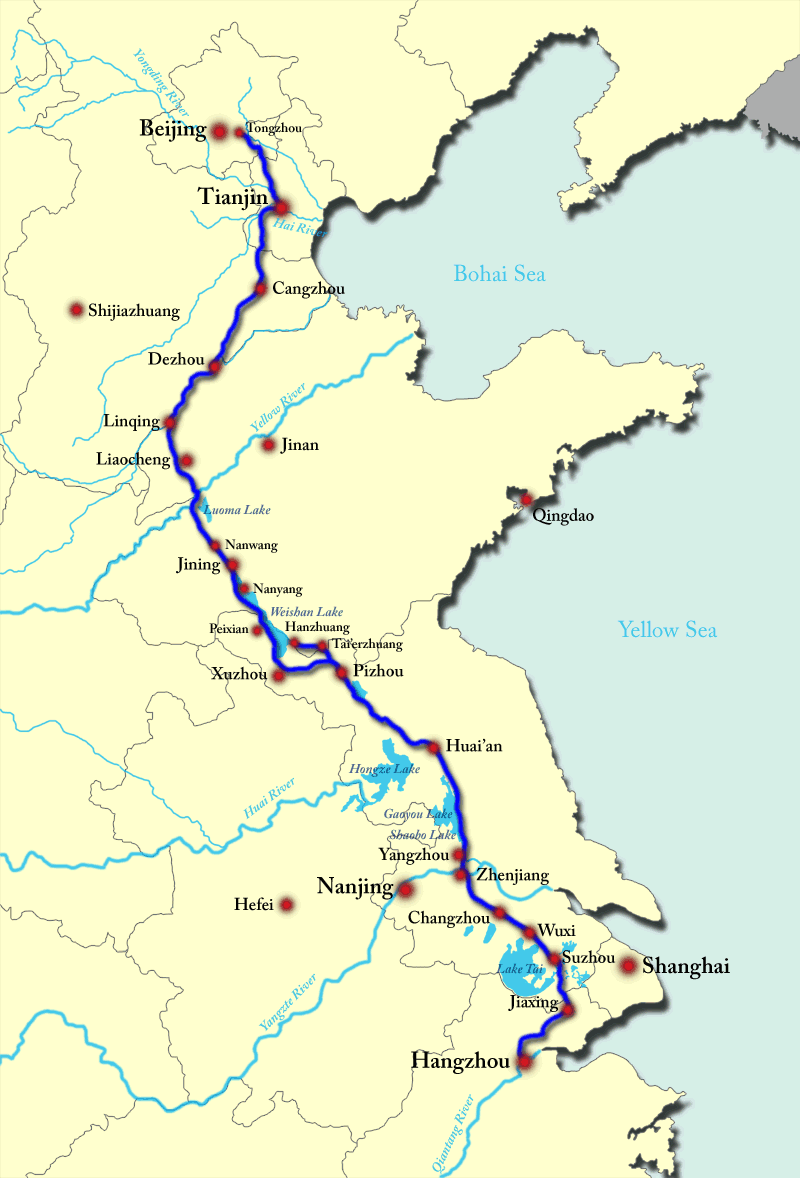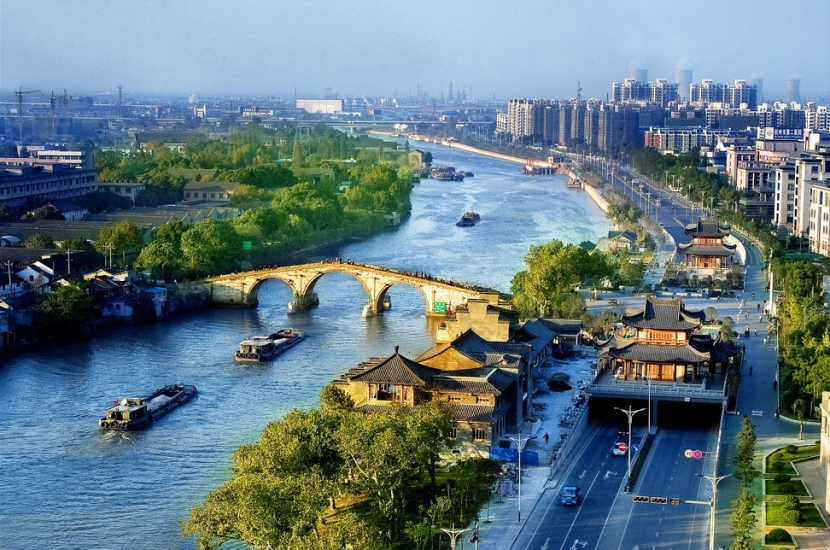by David Parmer / Tokyo
Introduction:
For the past half-year the daily and nightly news has featured the ongoing unrest in Hong Kong.
Scenes of peaceful mass protest are followed by those of police response and film of radical elements among the protesters causing extensive and gratuitous property damage to the businesses and infrastructure of Hong Kong in the name of democracy.
Since this situation is ongoing there is no answer as to how it was resolved, for it has not yet been settled to anyone’s satisfaction. Having said that, we will first give a brief background of the situation. Then we will examine how the situation as it is now framed is at an impasse, and examine possible ways forward beyond the dynamic stalemate which characterizes this situation. Finally, we will look at one very important aspect that is on the periphery, but very much connected to the current situation, and that is the question of Taiwan and the possibility of it someday adopting a version of the One Country, Two Systems (OCTS) re-forged in the fire of the 2019 protests.
The Protests
Protest is a fact of life in Hong Kong going all the way back to 1956. The current protests, growing out of the proposal and withdrawal of the Fugitive Offenders Law (extradition law) are calling for “democracy” neglecting the fact that there have been more than 17 major protests over the years, and almost countless minor protests.
Were there no “democracy” in Hong Kong, protests like the 2014 Umbrella Movement and the current ongoing and extensive protests against the Fugitive Offenders Law would not be possible. Put simply: protest is almost a way of life in Hong Kong as exhibited by its frequent and vibrant occurrence, and it is often supported by tens of thousands of Hong Kongers. This is clear evidence of the existence of democracy in Hong Kong.
As far back as 2010 there have been calls for universal suffrage, or the direct election of officials.
While universal suffrage may be an ongoing issue for some, and a key part of the present protests, its absence alone can not be considered a lack of democratic avenues for political expression as the right to protest itself and the holding of fair and democratic elections are intact and in full use. (This can be seen by the pan-Democrat camp winning a massive victory over pro-Beijing candidates in local 2019 elections where there were no allegations of fraud or vote rigging or any other irregularities.)
Causes
Causes for the current protests can be directly related to the proposed extradition bill of 2019 put forward by the Hong Kong government and its brief life and eventual withdrawal.
Underlying this is the common perception that Hong Kong’s freedoms are being slowly eroded and Beijing’s influence is growing and growing. This influence is seen as a malign factor and not a benign one by many people. Another factor said to be fueling the unrest is the sense of hopelessness among young people regarding buying a home or apartment or getting public housing in a reasonable length of time. (It is reported that the wait for public housing is in excess of 5 years.)
It is not only the perceived erosion of freedom and growing influence by Beijing that is at stake, but also a fundamental and pervasive distrust of the PRC itself among a large segment of Hong Kong’s population. The rendition of 5 booksellers to the Mainland in 2015 and the continuation of the incident into 2016 did nothing to increase trust of the Beijing government among Hong Kongers.
What’s more, friction between Mainlanders and the people of Hong Kong is ongoing. This can most easily be seen in the issue of “parallel traders” where individuals buy goods in Hong Kong and sell them in the Mainland for a profit. Hong Kongers claim that this causes shortages of goods as well as social disruption.
Surveys show that a very high percentage of people in Taiwan do not see themselves as part of China but rather see themselves belonging to a country called “Taiwan.”
This same attitude appears to be pervasive among many people in Hong Kong. They seem to see themselves as citizens of a small, but independent country like Vatican City, Monaco or Lichtenstein.
While a unique product of history and circumstance, Hong Kong is not an independent country, rather it is a territory of China that was seized by the British in the 1840s and administered by the British for just over 150 years. The fact is that Hong Kong is part of China and always has been.
Now, both parties are faced with the re-integration of Hong Kong into greater China in such a way that acknowledges the unique history and culture of Hong Kong and at the same time leverages the rule of law and level playing field set up by the British resulting in vast economic advantage to both Hong Kong and to the Mainland. An attempt to build on and preserve these opportunities was the creation of the One Country, Two Systems (OCTS) scheme.
And just as a space vehicle is subject to extreme forces in the early stages of its journey, or an undersea vessel must withstand massive crushing forces when operating at depth, so too must the OCTS find a way to function during periods of extreme stress and pressure such as those that are now taking place.
Protests–Five Demands and Stalemate
As of December 2019 protests continue but are somewhat scaled down. More protests are scheduled for early 2020.
The situation now can best be described as a stalemate, with neither side making any concessions.
Five demands (and not one less!) have emerged from the protesters camp:
- Withdrawal of the extradition bill
- Investigation into alleged police brutality
- Change of language to exclude the word “riot”
- The implementation of universal suffrage
- Amnesty for arrested protesters
A somewhat belated withdrawal of the extradition bill did nothing to mollify protesters. As for the other four demands, no government action has been taken to accomodate them.
As for police brutality, all incidents should be investigated if the public is to maintain trust with the police. There should be a clear distinction made between the use of force and the use of excessive force.
Toning down or modifying the language used to describe protesters should be done, and a clear distinction should be made between peaceful protest and the employment of violence that raises the level from protest to riot.
Buried in the five demands is the return of the call for universal suffrage, which, on face value, is not likely to get the support of the Hong Kong government, nor the government in Beijing.
In the wake of violence and property damage to public and private venues as well as infrastructure, it is highly unlikely that amnesty will be granted to protesters.
The five demands are made of the Hong Kong government, and by extension, it upstream master, Beijing. The question is first; whom would the government negotiate with in a “leaderless” coalition even if it wanted to? There are supposedly two groups of protesters, violents and moderates. Except for a few familiar faces (e.g. Joshua Wong) there is no one to negotiate with. Or is there?
In the last round of Hong Kong Council elections, protesters, or “pan-Democrats” won seats in 17/18 districts, soundly defeating pro-Beijing candidates. Many saw this as a mandate on the protest movement. While it could be interpreted this way, it could also be a symptom of “protest fatigue.”
A similar phenomenon could be seen recently in British politics where the Labour party was handed a sound defeat and the Conservatives won by a large margin. It could be considered a second vote for LEAVE (the Euro) or it might simply be “Brexit fatigue” where the British people wanted to get on with their lives and have Brexit settled.
Perhaps many people in Hong Kong did the same kind of thing and expressed their opposition to government policies at the ballot box instead of on the street. Maybe many people felt that by voting they had “done their duty” or shown their feelings and now could get back to normal life after a half a year of massive social and economic disruption.
A coalition of “new pan-Democrats” would be someone for the government to negotiate with if negotiation were considered an option by the Lam government and by Beijing.
Moreover, a coalition of new pan-Democrats could first invite, and then distance itself from the violent wing of the protest movement. The next election of a Chief Executive will be held in 2022 and the next Election Committee election will be held in 2021. Negotiations to implement a major change to elections, i.e. bring about universal suffrage could be started immediately.
The government could “ignore” protester demands for an independent inquiry, but conduct an independent inquiry of its own in a way to save face and not “give in” to protester demands. If there were any further “face saving” to be done, the government could say that it was the results at the ballot box during the Council elections and not the protests that brought about change in the OCTS scheme.
Amending the Basic Law promulgated July 1, 1997 would show Hong Kong and the world that OCTS was in fact a living concept, flexible, and able to respond to new realities not imagined in the Deng Xiaoping era of the 1980s.
The End of All of Hong Kong’s Problems?
Getting at the root of public frustration which resulted in the demonstrations of 2019 would not solve all of Hong Kong’s problems. The question of affordable housing would still be on the table. As a point of irony, it is the capitalistic system in Hong Kong which sets the land prices and prices of home ownership which are such a burden to young people and not the socialist system of the Mainland. Still, some solution to this problem must be aimed at, if nothing else than to give some hope to the young people of Hong Kong.
In a sense, Hong Kong’s “magical time” has passed. With the increase in special economic zones and the rise of second-tier cities the face of China is changing, and Hong Kong does not have the shine it once had. Having said that, Hong Kong is still a key waypoint for the inflow and outflow of capital to China. Stabilization of Hong Kong’s social system could do much to reassure markets and investors and possibly attract new capital to Hong Kong.
A Good Outcome Regarding Taiwan?
Dealing flexibly and creatively with the challenges of 2019 as suggested above (i.e. negotiation, amendment of the Basic Law ) would do much for the PRC’s image and soft power.
In this half year, despite what some might consider considerable provocation (destruction of public property, targeting of Mainland business and individuals, disruption of infrastructure and damage to the economy) Beijing has resisted the use of maximum force, i.e. use of People’s Armed Police or the People’s Liberation Army to deal with the social disruption caused by the ongoing demonstrations.
Strategically it would have been counterproductive to do so as demonstrations are an example of “asymmetric warfare” and are not responsive to massive force. (Although they can certainly be impacted by it.) More importantly, much “soft power” face was gained by not using maximum force and relying on the Hong Kong government to deal with the situation. This could also be interpreted as Beijing’s good faith, patience, and belief in the OCTS scheme.
Why is this important? The answer is simple: Taiwan.
The OCTS scheme was originally designed for Taiwan but implemented in Hong Kong (and Macau). As it now stands, many in Taiwan reject any suggestion that One Country, Two Systems would work there. China considers Taiwan its territory and is determined that it should become part of greater China. There are only two ways that this can happen, either a military intervention or a gradual economic and social integration based on the OCTS scheme. In the mind of the PRC, the situation in Hong Kong and Taiwan are two historical anomalies that must be rectified in the name of China’s sovereignty. A vibrant and dynamic Hong Kong operating under a flexible and democratic OCTS would be a powerful sales point for Beijing when dealing with Taiwan.
A Thorny Problem for Beijing
China has one huge problem that it must settle when dealing with both Hong Kong and Taiwan. And it is a question of the perception of value.
In ancient times Chinese culture was of such power and magnetism that could exert tremendous cultural influence to the peoples surrounding it. Even when China was conquered barbarians and invaders succumbed to the power of Chinese culture in the form or arts, science, philosophy, language, literature, dress etc. China was the dominant culture, and its magnetism decided the outcome.
In the case of Hong Kong and Taiwan due to the historical anomalies mentioned above, both Hong Kong and Taiwan have a culture that is at its root Chinese (language, art, history, cuisine etc.) but each has a culture that is on a timeline that is divergent from the Mainland. In the distant past, the magnetism of mainstream culture would have been the stronger of the cultures and prevailed. These days, this is not so. People in Hong Kong and Taiwan are not swayed by the Mainland culture, rather it seems they feel that their own culture is superior.This is important because they feel that the Mainland has not much to offer them that they don’t already have. Some in China suggest “patriotic education” as a way to correct this, but what is really being discussed is more like indoctrination than education.
China has made unbelievable progress since 1949, rising out of poverty, imperialism, and war to become the second leading economy in the world and a space-faring nation. China needs to frame its progress and its dreams in such a way that it becomes a beacon for those in Hong Kong and Taiwan to aspire to be connected with. China needs to shine so brightly that its culture again calls peoples and nations to participate in its greatness. When this happens, “patriotic education” will not be necessary.
Conclusion
The Hong Kong protests of 2019 can be seen as a period of painful social disruption costing millions in damage and lost income. It can be seen as an indication that One Country, Two Systems doesn’t work and never will. Or it can be seen as a great opportunity to modify One Country Two Systems for the 21st Century to make it more responsive and serve the needs of both the country and the systems until 2047 and beyond. There is only one choice, and this is to deal with this situation using creativity and imagination resulting in positive outcomes for all parties concerned.
Photo: Studio Incendo via flickr
 日本語
日本語 English
English 中国語
中国語